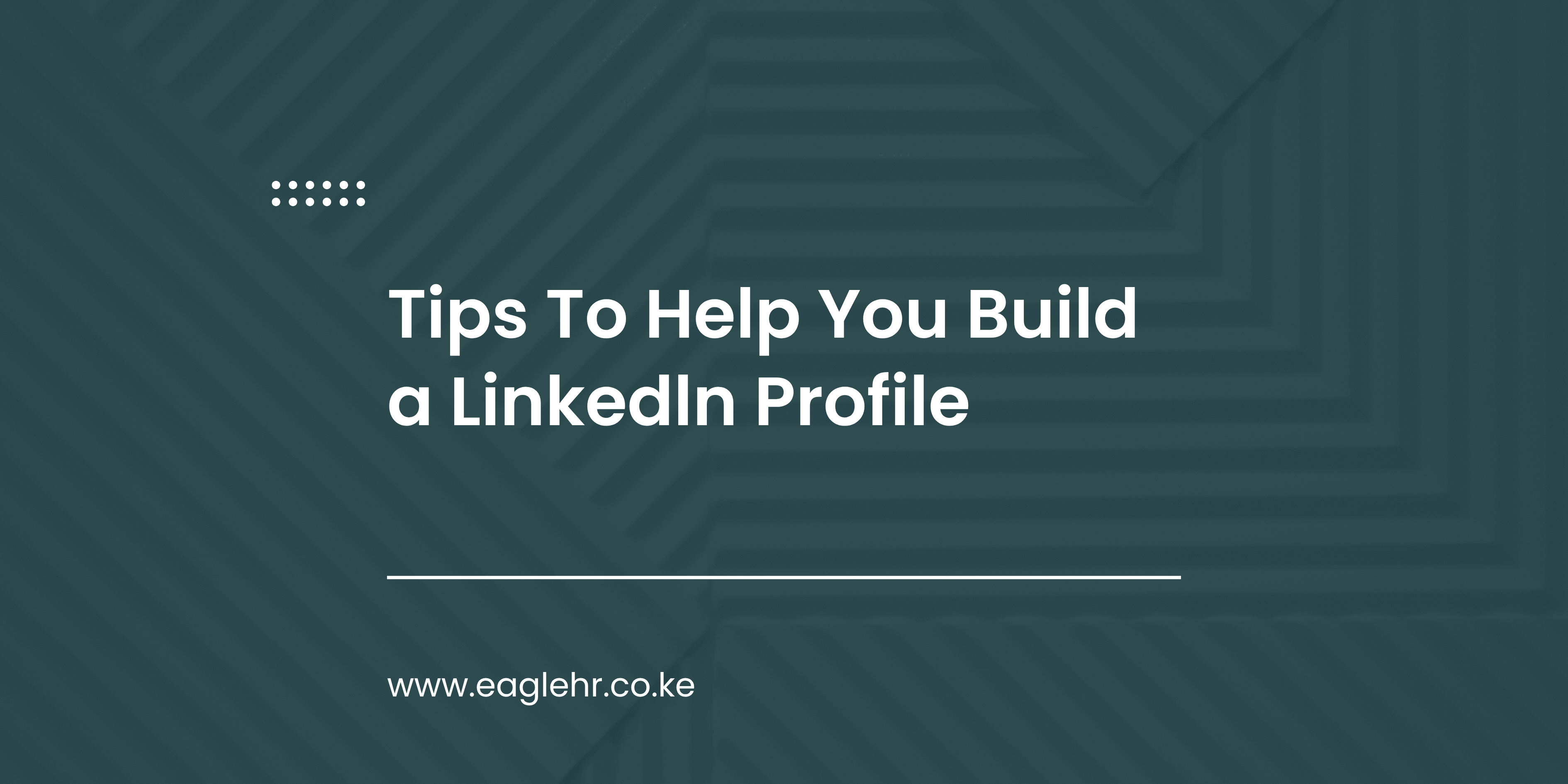
If you’re not on LinkedIn, you’re missing out on one of the most powerful professional networking tools in the world. With over 1 billion users globally, LinkedIn is more than just an online resume. It is a platform where careers are built, partnerships are formed, and opportunities are discovered.
Whether you’re a recent graduate, a job seeker, a freelancer, or a professional looking to grow your network, creating a strong LinkedIn profile can set you apart. In this beginner-friendly guide, we’ll walk you through the essentials of building a LinkedIn profile that gets you noticed.
1. Start with a Professional Profile Photo
Your photo is the first thing people notice. Profiles with professional headshots get up to 21 times more profile views and 36 times more messages.
Choose a clear, high-resolution photo of yourself in professional attire. You don’t need to spend a lot of money on a photographer. A clean background, good lighting, and a confident smile go a long way. Avoid selfies, party pictures, or overly filtered images.
Tip: Use the same profile picture across your professional platforms for consistency.
2. Create a Headline That Speaks
Your LinkedIn headline appears just below your name, and it’s one of the most viewed parts of your profile. By default, LinkedIn fills this with your current job title, but you can and should customize it.
Think of it as your personal elevator pitch. What do you do, and who do you help? Focus on the value you bring, not just your job title.
Example:
Instead of “Marketing Executive,” try “Digital Marketing Strategist Helping Startups Increase Brand Visibility Through Content and Paid Media.”
3. Write a Compelling “About” Section
Your About section is your chance to tell your story. Use it to showcase your passion, experience, strengths, and what sets you apart. Keep it conversational but professional.
Break it into short paragraphs or bullet points for easy reading. Highlight your biggest achievements, industry expertise, and what you’re currently looking for if you’re job hunting or open to opportunities.
Format Idea:
- Who you are and what you do
- Key achievements or career highlights
- Your unique strengths or approach
- What you’re passionate about
- A call to action such as “Open to collaborations” or “Seeking new opportunities”
4. Add Relevant Experience
List your work experience just like you would on a resume, but make it more results-focused. Rather than just listing responsibilities, describe what you accomplished in each role.
Use action verbs and include metrics if possible. For example, “Increased website traffic by 45 percent through targeted SEO campaigns” sounds more compelling than “Managed website content.”
If you’re just starting out, include internships, volunteer work, or freelance projects. These all show initiative and real-world application of your skills.
5. Use the Skills Section Strategically
LinkedIn allows you to add up to 50 skills to your profile. Choose the most relevant ones for your industry or career goals. These skills make your profile more searchable and allow others to endorse you.
Prioritize skills that recruiters are likely to search for, such as “Project Management,” “Copywriting,” “Python,” or “Sales Strategy.” You can rearrange your top three skills so they appear first.
Tip: Once your profile is set up, ask colleagues or clients to endorse your skills for credibility.
6. Request Recommendations
A recommendation on LinkedIn is like a mini testimonial. It adds credibility and gives visitors to your profile a better sense of what it’s like to work with you.
Reach out to people you’ve worked with such as managers, teammates, or clients and politely request a recommendation. In return, offer to write one for them. Recommendations that speak to your work ethic, personality, and results can be a game-changer.
7. Customize Your LinkedIn URL
When you create a profile, LinkedIn gives you a long default URL. You can make it cleaner and more shareable by customizing it.
Go to your profile, click “Edit public profile and URL” on the right, and update your URL to include your name or a version of it.
Example:
linkedin.com/in/janedoe-marketing
This looks more professional on your CV, business card, or email signature.
8. Stay Active: Post, Comment, and Engage
Having a great profile is only the first step. To truly get noticed, you need to stay active on the platform. Share insights from your industry, post about your projects, and engage with other people’s content.
You don’t have to post every day, but consistency builds visibility. Even simple actions like liking posts, commenting thoughtfully, or sharing helpful articles can increase your reach and network.
9. Follow Companies and Thought Leaders
Start building your feed with value-added content by following companies in your industry, job boards, and thought leaders. This keeps you updated on trends, job openings, and insights you can engage with or share.
If you’re job hunting, following target companies can also alert you to hiring announcements and events.
10. Turn On “Open to Work” (If Applicable)
If you’re actively looking for a job, use the “Open to Work” feature. LinkedIn lets you discreetly signal to recruiters that you’re open to opportunities without alerting your current employer.
You can also choose to make this public with a green banner on your profile photo. It’s a simple way to increase visibility, especially for recruiters searching for candidates in your field.
Conclusion
Your LinkedIn profile is more than an online CV. It is your digital first impression. With a few thoughtful updates, you can transform it into a powerful tool that attracts recruiters, collaborators, and professional opportunities.
Start with the basics: a professional photo, a standout headline, and a clear summary. Add your experiences, showcase your skills, and keep your activity consistent. Whether you’re looking for a job, clients, or connections, the right profile can open doors you didn’t know existed.
So take the time to get your LinkedIn presence right. You never know who is looking.